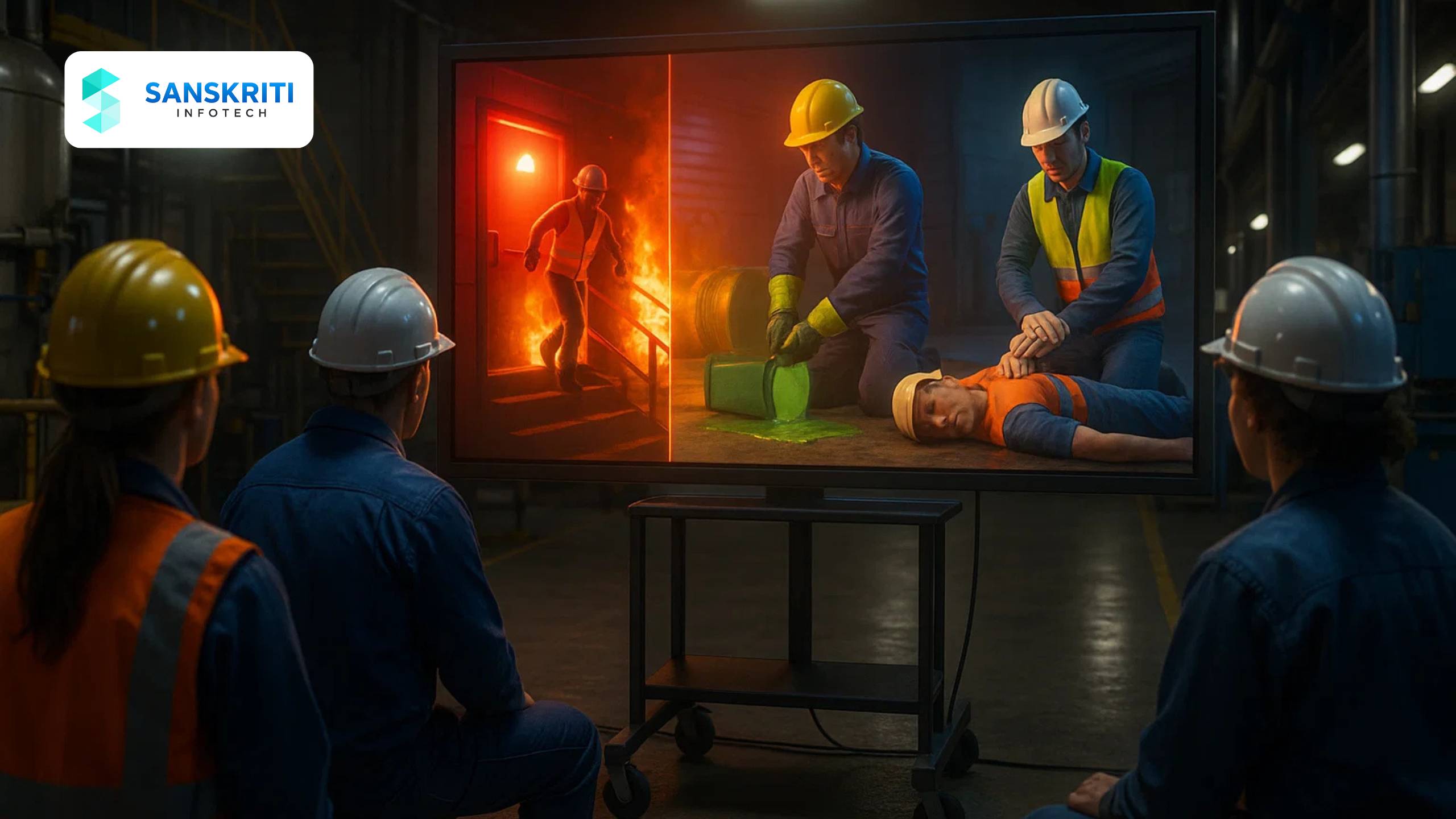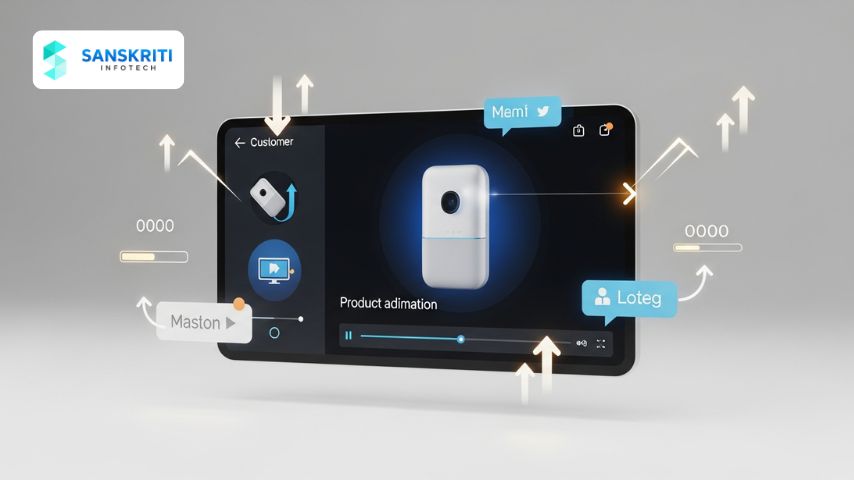Table of Contents
Introduction
In high-risk industries like manufacturing, oil & gas, chemicals, and construction, emergency response training isn’t just a protocol—it’s a lifeline. Traditional emergency drills and paper-based manuals often fall short in preparing employees for high-pressure situations. Enter 3D animated emergency response training videos.
These immersive tools offer hyper-realistic simulations of emergency scenarios, helping workers mentally prepare for crises before they happen. Whether it’s a fire breakout, chemical spill, gas leak, or machinery malfunction, 3D videos visually walk employees through the right actions in real time.
In this blog, we’ll explore how using emergency response training videos powered by 3D animation improves preparedness, reduces panic, and enhances compliance across organizations.
Why Traditional Emergency Training Falls Short
Conventional methods like PowerPoint presentations, paper SOPs, and basic drills lack immersion. They fail to mimic the emotional and environmental stress of real emergencies. Employees may remember the steps in theory but freeze when a real incident occurs. That’s because these methods don’t engage muscle memory or simulate real pressure.
The Power of 3D Animation in Emergency Training
3D animation helps bridge this gap. It combines visual storytelling, real-world physics, site-specific layouts, and behavioral psychology to provide training that sticks. Workers can watch and mentally rehearse emergency procedures in a safe, controlled format. Examples include:
– A simulated ammonia leak in a chemical plant
– Warehouse fire evacuation during peak hours
– Explosion protocol in a refinery
– Electrical short-circuit scenario in a hospital
These simulations offer sensory-rich experiences that enhance retention and real-time decision-making.
Benefits of Emergency Response Training Videos in 3D
a. Improved Knowledge Retention
Studies show learners retain 80–90% more through visual experiences compared to reading text alone.
b. Reduced On-Site Accidents
Better training leads to faster, more accurate responses—reducing injuries and equipment loss.
c. Multi-Language Support
3D videos can be localized with voiceovers and captions for diverse teams.
d. Cost-Effective and Repeatable
Unlike live drills, once a video is produced, it can be reused indefinitely—saving cost and time.
e. Customization for Your Facility
Animations can reflect your exact building, machinery, emergency exits, and protocols.
Ideal Industries for 3D Emergency Training
– Oil & Gas: Blowouts, fires, pipeline leaks
– Chemical Plants: Toxic leaks, equipment explosion
– Pharmaceuticals: Contamination, cleanroom breaches
– Construction: Structural collapse, electrical hazard
– Warehousing & Logistics: Fire, forklifts, blocked exits
– Healthcare: ICU fires, patient evacuation, equipment failure
Real-World Case Study
Case: Emergency Response for a Petrochemical Refinery
A major refinery partnered with a 3D animation studio to create an emergency video for a simulated gas leak and fire in their unit. The video included:
– Site-specific fire alarm trigger points
– Safe evacuation routes with visual overlays
– Steps for isolating valves and contacting emergency services
After rollout, the team observed a 45% faster evacuation time during surprise mock drills and zero injuries over a 12-month period.
Implementation Roadmap
– Step 1: Identify emergency types by industry, department, and risk level
– Step 2: Partner with a 3D video provider experienced in safety content
– Step 3: Create scripts and 3D layouts based on your site
– Step 4: Add narration in preferred languages
– Step 5: Deploy via LMS, portals, or onsite kiosks
– Step 6: Track completions and update videos yearly
Conclusion
3D animated emergency response training videos empower employees with the confidence and clarity needed to act quickly and decisively. They go beyond theory—recreating real-world pressure in a digestible, visual format.
At Sanskriti Infotech, we design high-impact emergency training animations tailored to your site, protocols, and compliance requirements. Whether you’re a safety officer, plant manager, or HR head, now’s the time to modernize your emergency readiness.
📞 Get in touch with our animation experts to visualize your emergency response strategy today!






